The James Webb Space Telescope (JWST) is currently peering into the depths of space, providing us with precious images. But the telescope’s path to the stars was quite thorny and took 30 years. Thanks to photographer Chris Gunn, we can now see the stunning images documenting how this most complex instrument of mankind was assembled over 12 years.
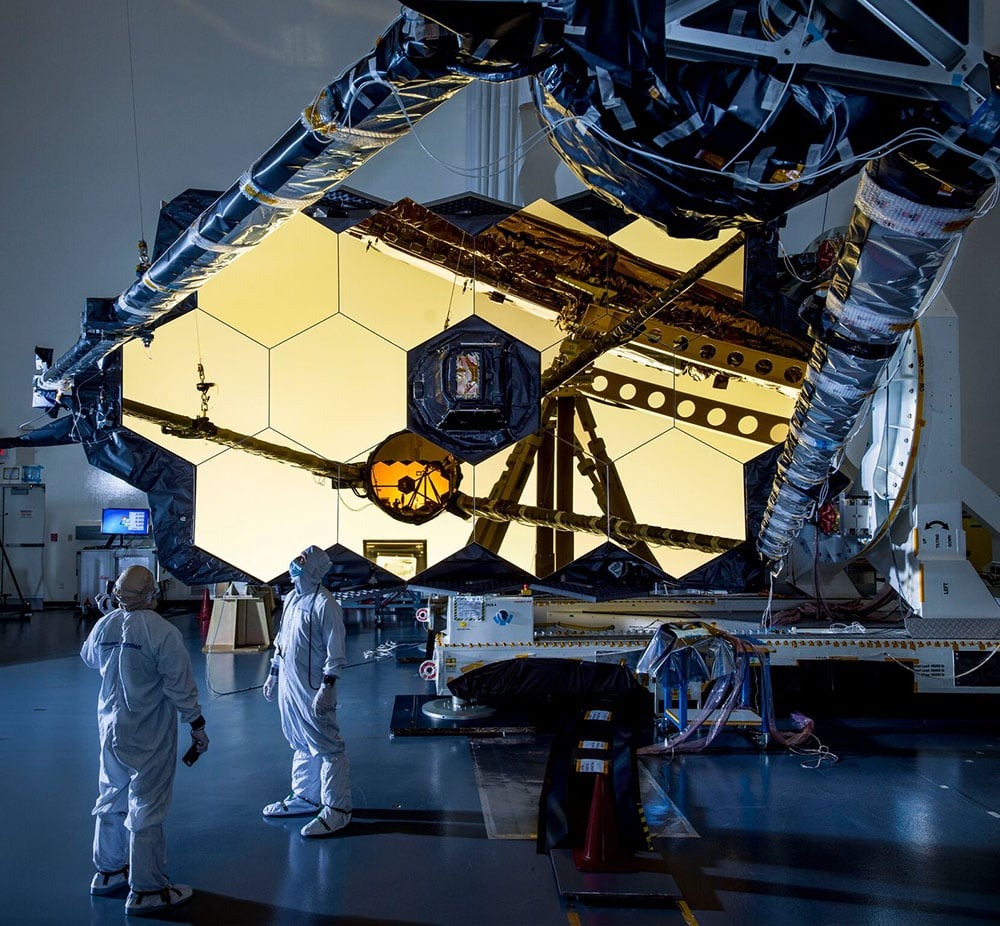
Chris Gunn joined the James Webb team in 2009 after working as a photographer on the Hubble mission, where he spent a long time working alongside one of the greatest technological and scientific achievements of mankind.
In a recent interview with PopSci, Gunn muses that the most challenging part of shooting the JWST assembly was the ever-evolving nature of the project. “Seeing the parts of the observatory come together was amazing. But the trick was to maintain consistency and convey the geometric brilliance of the instrument in my photographs throughout the project’s development,” he says.
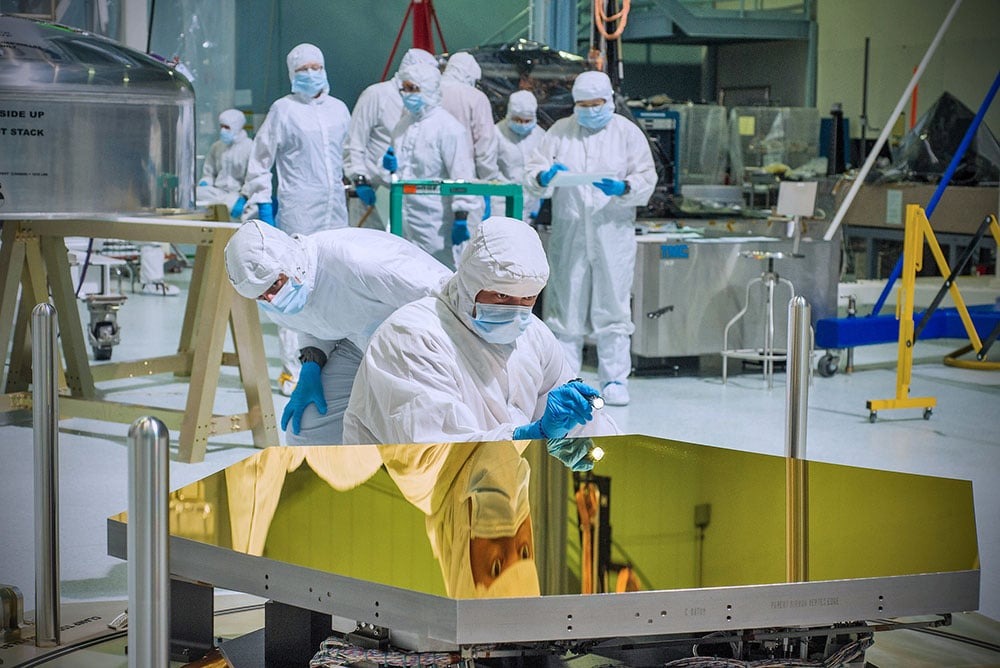
The arrival of the very first segment of the James Webb mirror. Photo: NASA/Christopher Gunn
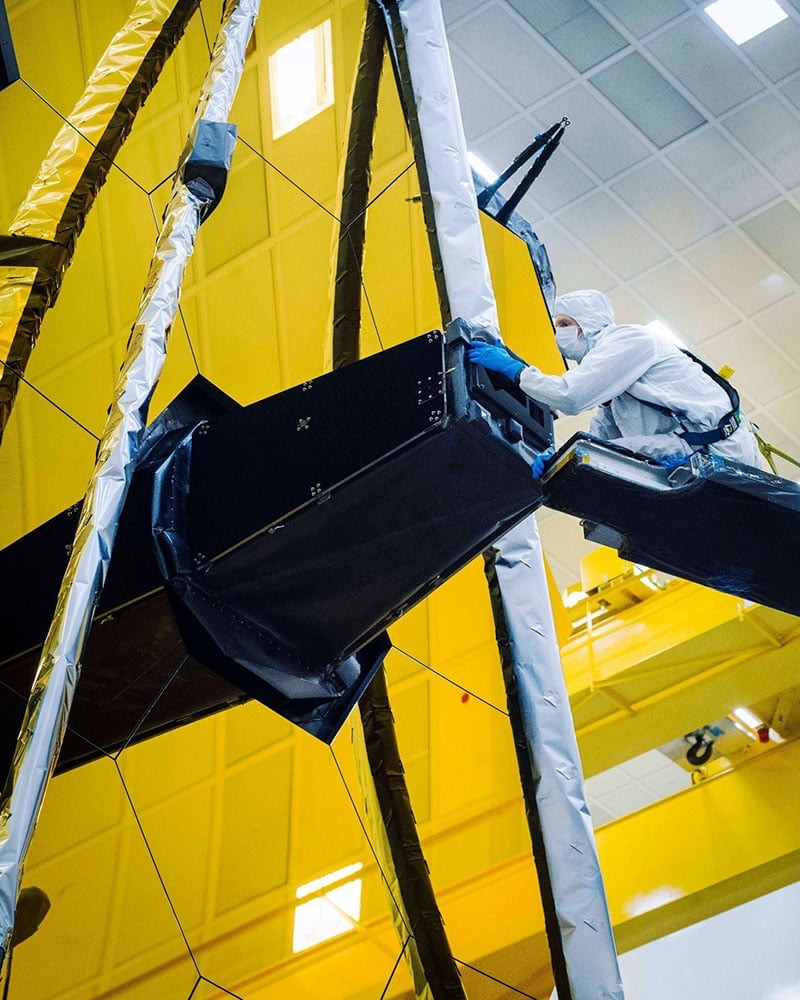
Engineers test the future space telescope. Photo: NASA/Christopher Gunn
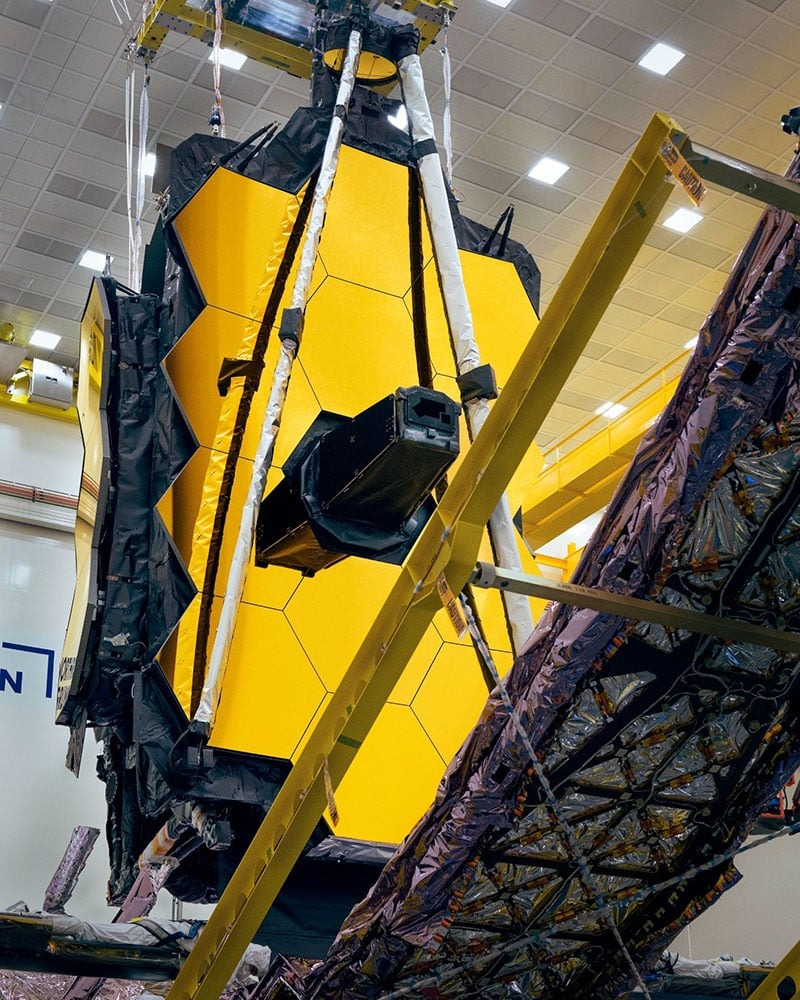
Testing the James Webb deployment. Photo: NASA/Christopher Gunn
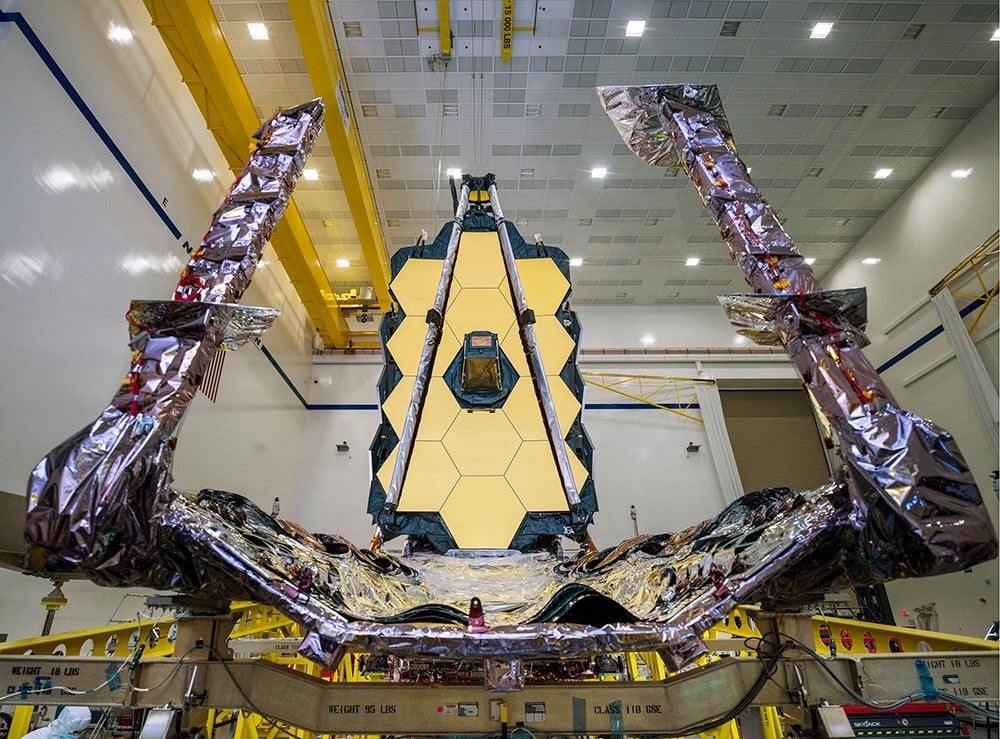
The JWST assembly. Photo: NASA/Christopher Gunn
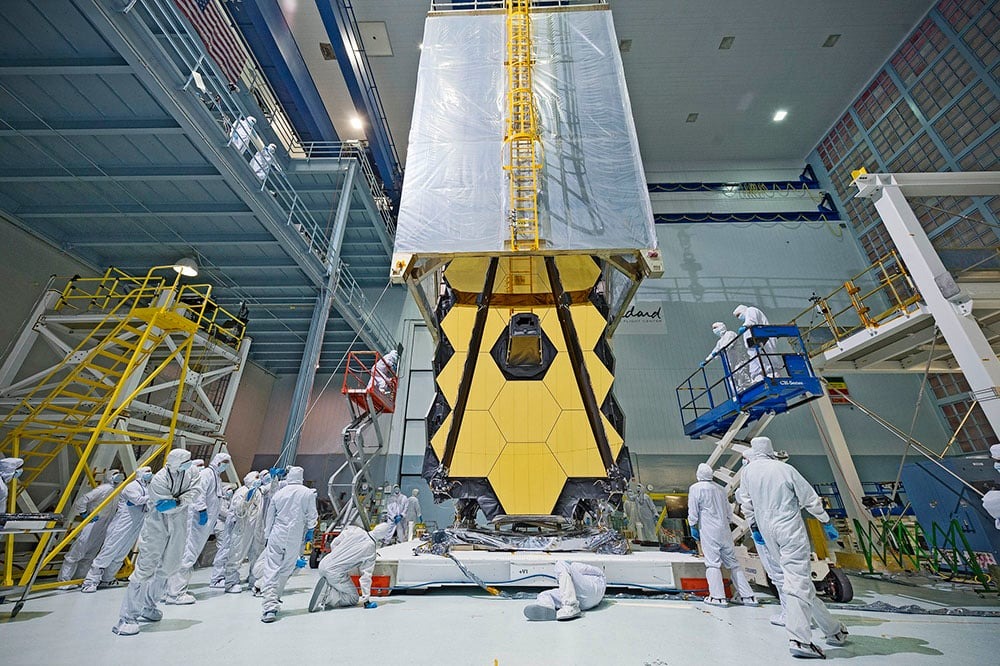
The JWST assembly. Photo: NASA/Christopher Gunn
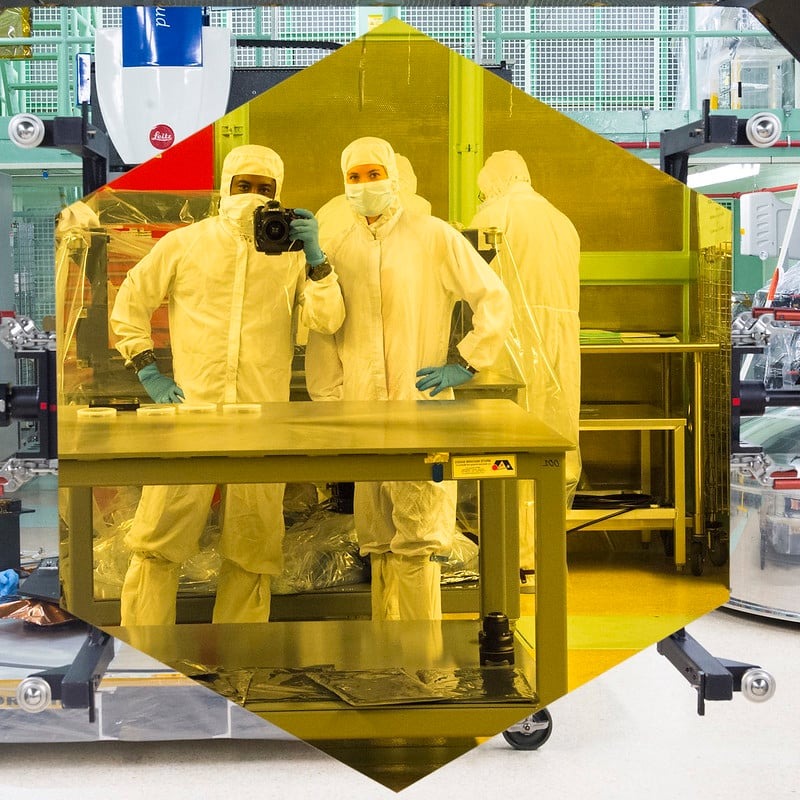
NASA photographers Chris Gunn and Desiree Stover pose in front of one of the telescope’s huge mirrors
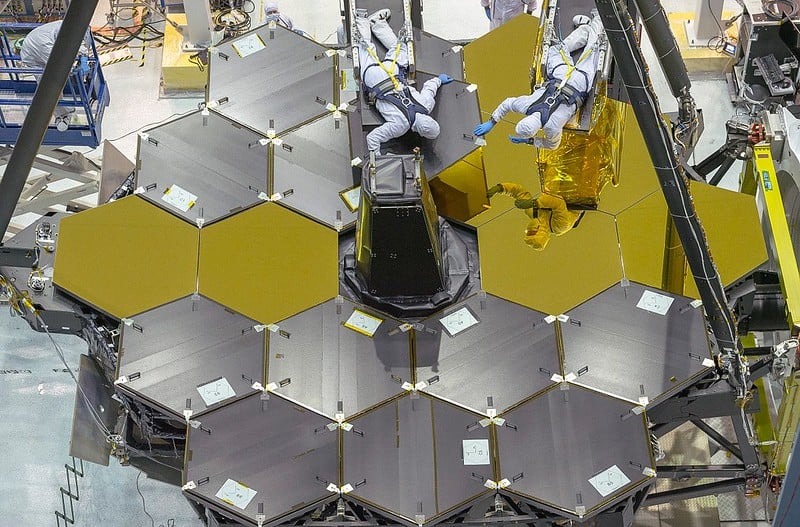
Installation of the main mirrors of JWST. Photo: NASA/Christopher Gunn
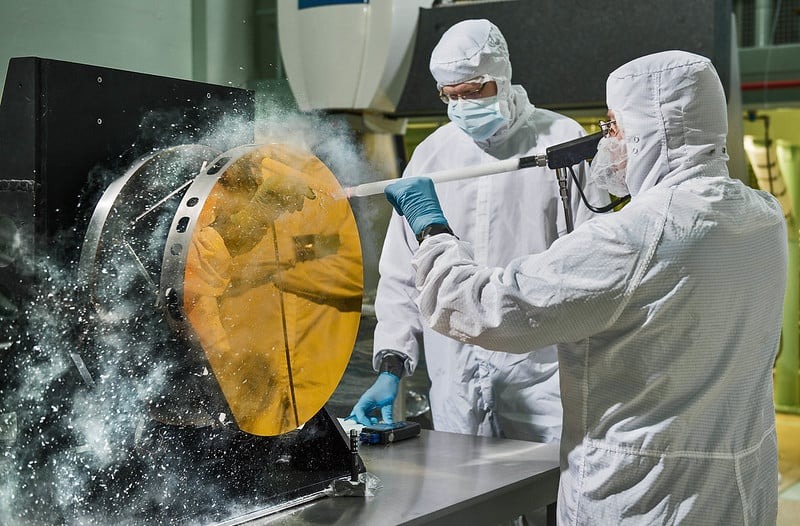
Engineers clean one of the mirrors with a “snow” of cooled carbon dioxide. Photo: NASA/Christopher Gunn
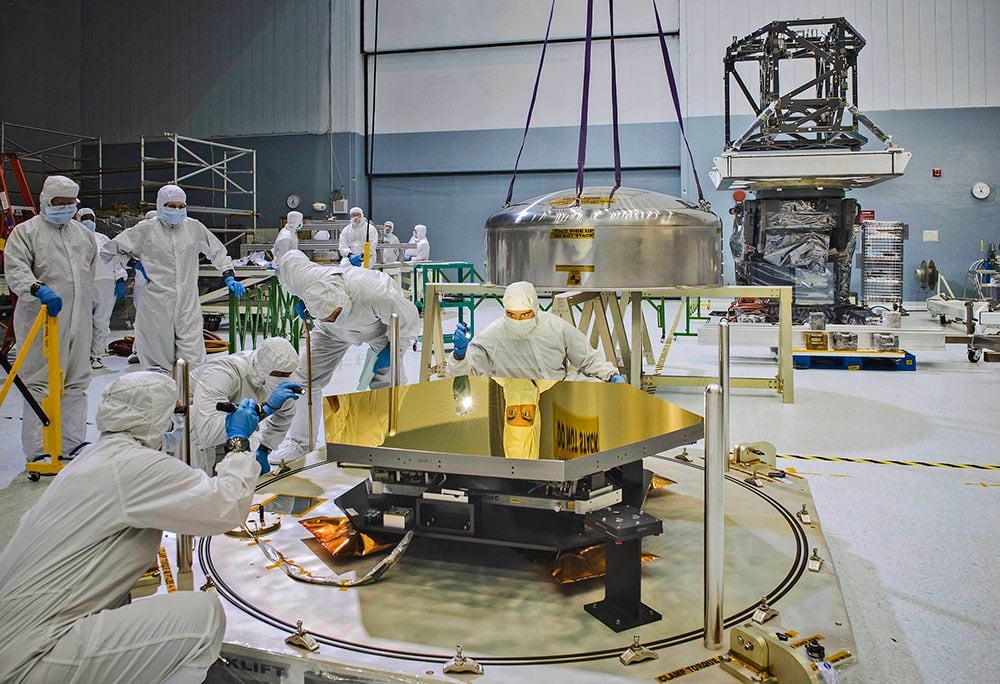
Gunn has a book of his photographs published. It is titled Inside the Star Factory. The pictures in there are accompanied by an in-depth review of James Webb by science writer Christopher Wanjek.
“One of my favorite moments was when the first mirrors arrived. I was amazed when I first saw the optical system deployed inside the NASA Johnson test chamber. During each of these stages of the project, the cleanrooms were filled with a sense of awe and wonder. They are not very noisy in general, but at these moments it was extremely quiet there. I had the feeling that I was witnessing one of the greatest achievements of humanity,” Gunn tells PopSci.
Gunn says that because the project was so long, he shot it with three different cameras: Nikon D3, Nikon D4, and a medium-format Hasselblad-H camera.
Thanks to the photographer’s efforts and talent, humanity is able to see the process of assembling the most sensitive telescope ever created on Earth.
Earlier, we reported how Hubble and James Webb together took a colorful photo of the Christmas Tree galaxy cluster.
Based on materials from petapixel.com
